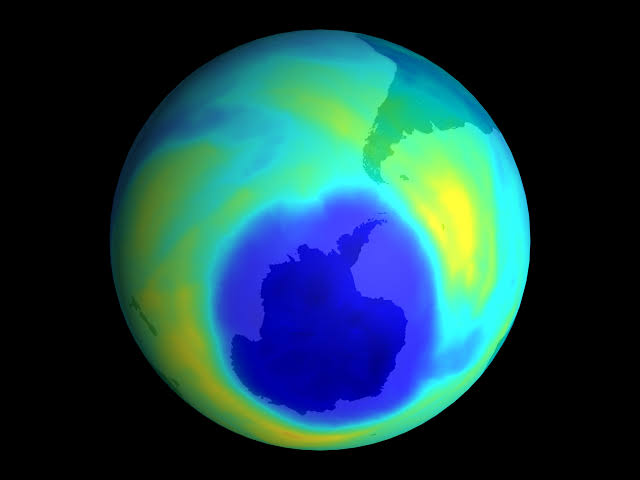The United Nations Environment Programme (UNEP) has said that the ozone layer is expected to fully rebuild during the next 40 years.
The ozone layer, which is the earth’s natural shield, protects people and the environment from the sun’s harmful UV radiation.
But in the 1970s, scientists learned that it was disappearing as a result of the use of some chemicals made by humans, like chlorofluorocarbons.
A global agreement known as the Montreal Protocol was subsequently signed by nations to phase out substances that harm the ozone layer and control the manufacture and consumption of about 100 synthetic chemicals known as ozone-depleting substances (ODS).
Read also: Pakistan secures $8.57 billion flood aid at Geneva donors’ conference
Meaningful advancements in the ozone layer recovery have been noted, according to a statement released by UNEP on Monday. This, according to the UN organization, was stated in the expert panel’s decision that was presented on January 9 at the 103rd annual meeting of the American Meteorological Society.
The progress was also credited to the Montreal Protocol, which made it possible for ozone-depleting chemicals to be phased out globally.
“The UN-backed Scientific Assessment Panel to the Montreal Protocol on Ozone Depleting Substances quadrennial assessment report, published every four years, confirms the phase-out of nearly 99 per cent of banned ozone-depleting substances,” the statement read.
“The Montreal Protocol has thus succeeded in safeguarding the ozone layer, leading to the notable recovery of the ozone layer in the upper stratosphere and decreased human exposure to harmful ultraviolet (UV) rays from the sun,”it further read.
According to reports, If current policies remain in place, the ozone layer is expected to recover to 1980 values (before the appearance of the ozone hole) by around 2066 over the Antarctic, by 2045 over the Arctic and by 2040 for the rest of the world.
“Variations in the size of the Antarctic ozone hole, particularly between 2019 and 2021, were driven largely by meteorological conditions. Nevertheless, the Antarctic ozone hole has been slowly improving in area and depth since the year 2000.”
Megumi Seki, executive secretary of UNEP’s ozone secretariat, described the development as “fantastic news”.
“The impact the Montreal Protocol has had on climate change mitigation cannot be overstressed. Over the last 35 years, the Protocol has become a true champion for the environment,” Seki said. “The assessments and reviews undertaken by the Scientific Assessment Panel remain a vital component of the work of the Protocol that helps inform policy and decision-makers.”
The work on the ozone layer, according to Petteri Taalas, secretary-general of the World Meteorological Organization (WMO), provides precedence for addressing climate change.
This story was adapted from The Cable.
